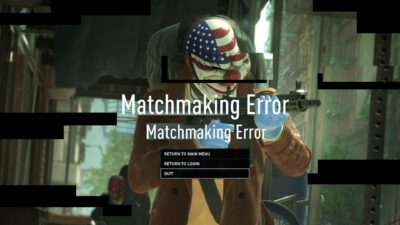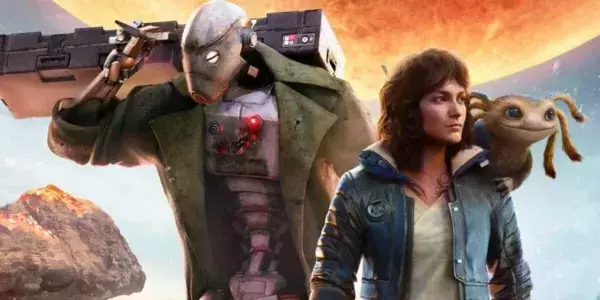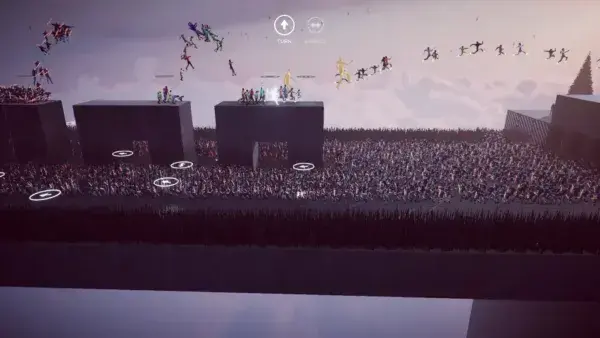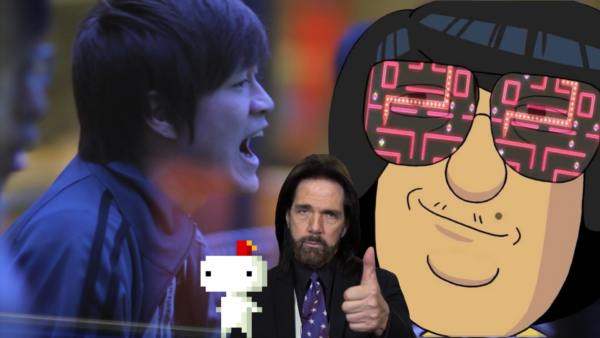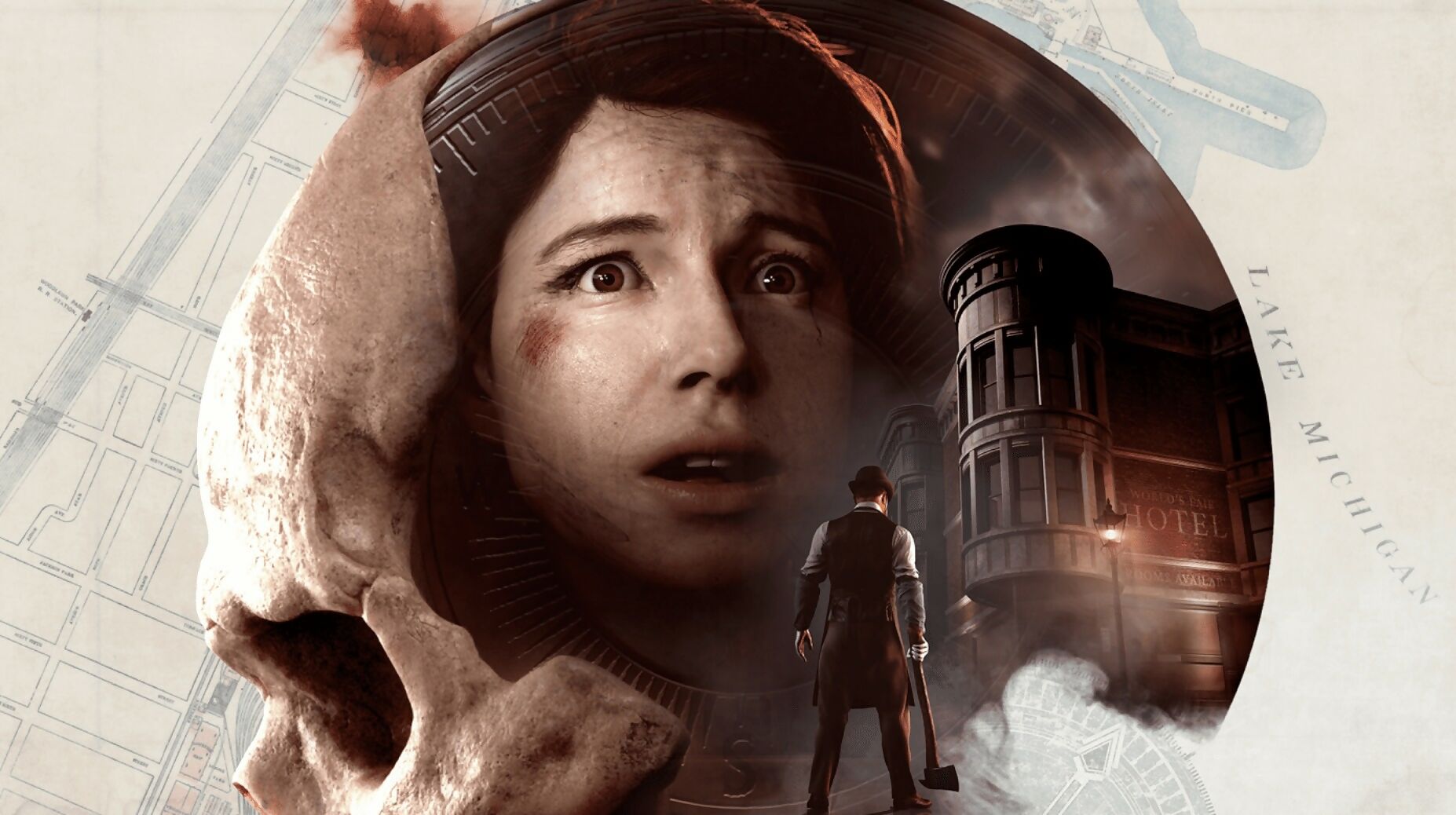
Will Doyle from Supermassive Games talks to us about his arcade origins, team leadership, and Indiana Jones…
What was the game that first made you want to get into games?
I grew up on the coast of Cornwall in Newquay, where there were a lot of arcades. So for me, it was a game called Black Tiger, which was a kind of platformer. It pulled me in and turned me into a bit of an arcade rat. Then I really got into pen-and-paper gaming and role-playing, specifically a role-playing game called Call of Cthulhu. I was also a fan of the DOOM PC game when it first came out.
One day, my mum cut out an article from the paper – an interview with Sandy Petersen, a designer on DOOM and creator of Call of Cthulhu. He was just talking about his job, and it was amazing for me because it was the first time I thought about getting into video games. Previously I thought you had to be a programmer or have these technical skills, which I didn’t have. When reading this article, I thought: ‘Oh no, there are other ways into it; you can be creative’.
How did you break into this industry?
Back then, there wasn’t really a clear route into the industry. I always saw this as my dream job, and I always told people this is what I wanted to do, but there wasn’t a path into it. So I went to university and did a combined Literature and IT degree. That was the path that got me into London. When I got to the last year of my university course, for various reasons I had to retake one of the modules. So I had to come back for four months extra and stay on my own in this flat in London, and I thought, ‘I need a job’. You wouldn’t get this at all these days, but I was looking in a job centre and there was a game designer job. My actual path into games was so rare.

Supermassive Games titles being so branching and narrative-driven ensures Doyle and co can always stretch their storytelling muscles.
What was the first game you worked on professionally, and are you still proud of it?
Well, I had this interview, and I kind of lucked it a little bit because it was for a company [Big Toe] that was making an Agatha Christie text adventure. And in my family, there’s always been this thing that we’re related to Arthur Conan Doyle, who [created the character] Sherlock Holmes. Nobody knows if it’s true, but everyone says it like a family myth. Anyway, [Big Toe] very quickly got bought out by a company called HotGen, and I never finished making [the game]. The first game I ever made from the ground up was Indiana Jones and the Infernal Machine on the Game Boy Color. I look back and think it’s full of mistakes… I don’t know why they let me do it on my own as the only designer on it.

After harnessing the power of smartphone-controlled decision-making with 2017’s Hidden Agenda, Doyle upped the supernatural tension as game director on The Dark Pictures Anthology: House of Ashes.
Did you always want to be a creative director specifically and lead a team?
Yes and no. Somewhat selfishly, I always wanted to have more ownership over the design. There are certain aspects of game design where you can get forced into doing things a certain way that you wouldn’t necessarily have chosen yourself. So the more creative control I had, the happier I was at work. So I guess in that sense, yes. Creative direction is very different. It has aspects of management that I would never have said I’d be interested in before, but now that I’m there, it’s quite fulfilling. You’re trying to support people on their journey and make that creative environment as positive as it can be.
What’s a mistake in your particular field that you’ve made, but ultimately learned from?
I suppose one really useful thing that I could go back to my younger self and say is to be more open to other people’s ideas. You get so much done when you have a sounding-board; when you have somebody that you can go, ‘Oh, I’m thinking about this’, and then you see their face fall, and you think, ‘Hmmm, maybe that’s not good’.
I spent a lot of time working as the sole designer at the beginning of my career on various products. While I did well, I wish I’d pushed to have other people join me, which I probably could have done. But I was a little bit selfish with it. Now I know that the only way to make something excellent is to have lots and lots of minds put on that problem. It doesn’t have to be completely design by committee, even though you might need a strong kind of vision for it. It’s still really useful to have lots of people working together on something.
Would you say it’s easier than ever to work in games, or more challenging?
I think it’s probably easier because there are more [roads] into it. There’s more facility and community for you to go out and make things – make quite good quality things with small teams without funding. There are courses that allow you to get into the games industry and recruitment for our company. We’re always looking for junior staff, for example. It’s never been better to get into the industry. But yes, because of that, it’s also easy to get lost in the storm.

One of Doyle’s first gigs was as sole designer on Indiana Jones and the Infernal Machine on Game Boy Color. Unlike its parent version on PC, action plays out from a top-down perspective
What’s something people can do now to help their future chances of working in games?
Have an understanding of what you want to do in games, because there are so many different jobs now. Narrative design is a very new thing, for instance, and it came about because games got so big, and the production values got so high, that mistakes in story and characterisation became more and more glaring, because suddenly we’ve reached cinematic quality. So target what you want to do, then try to come up with that unique ‘thing’, which means putting in some effort. It’s hitting that pain point and going ‘I’m just going to push through and get it done’.


